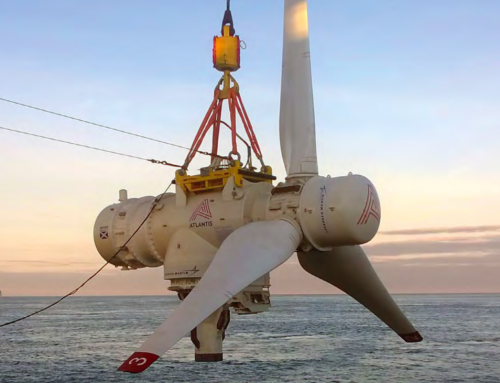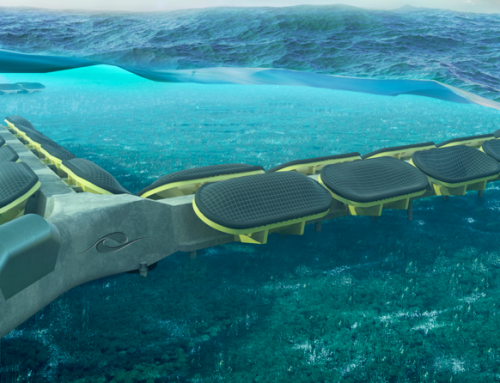By Julian Singer
On 26 September Atome Energy issued a trading update for the six months to 30 June 2022, the first such announcement since it listed on AIM in December 2021. Atome claims to be the only pure international green hydrogen and ammonia production company on the LSE. This may well be true, although the company still has a long way to go before it actually produces any hydrogen or ammonia, especially in quantity.
Atome currently has two projects, one in Paraguay and the other in Iceland. The locations are not a surprise: both countries have a surplus of renewable energy, the first from hydroelectric schemes and the second from a mixture of hydroelectric and geothermal. This surplus energy will be used to produce hydrogen and ammonia for industrial use and for heavy duty transport on land and sea[1].
The Paraguay project is the furthest advanced. The country’s hydroelectric plants, in particular the mighty Itaipu dam on the river Paraná, provide nearly all of the country’s electricity with capacity to spare. At the same time the country imports a lot of materials, in particular for transport and fertilisers, both of which could be produced by local, renewable hydrogen and ammonia.

The Itaipu dam, Paraguay (www.atomeplc.com)
Towards the eventual goal of establishing a production capacity of 300 – 500MW, the company has purchased a 75-acre site near the capital Asuncion, which is close to several heavy industries and has access to the Paraguay river for export. The site is being cleared and contractors are being tendered. The Final Investment Decision is targeted for the end of Q1 2023 with construction starting mid 2023 to be completed at the end of 2024 with operations starting in 2025.
In the meantime, the company has purchased as 1MW electrolyser from Clean Power Hydrogen (Greenbarrel, May 2022) which will produce green hydrogen for 10-12 heavy goods vehicles in the Asuncion area. This forms part of a new division, Atome Mobility.
The plans in Iceland are less well advanced. Atome owns 75 per cent of a local subsidiary called Green Fuel, whose goal is to build a green ammonia facility with a capacity of 100MW. It is currently building political support for the project and talking to potential customers and power providers.
The Chairman and major shareholder of Atome is Peter Levine, who is also Chairman and CEO of President Energy, recently renamed Molecular Energies. This company holds several oil and gas permits in Paraguay, and has drilled several exploration wells over the last ten years, but without success. To avoid imports, cars and light goods vehicles can be made electric, but heavy goods vehicles and shipping will need to be converted to hydrogen while chemical industries will slowly transition away from using hydrocarbons as the source towards hydrogen and ammonia. Like Iceland, and quite apart from the need to convert to renewables, the reduction in imports is an added incentive to produce green hydrogen and ammonia locally.
To date the company has no income apart from some small grants. Net cash used in the first half of 2022 was US$3.7 million with cash and cash equivalents at the end of the period of US$1.6m. Apart from Mr Levine, Singapore-based Trafigura and Schroders are claimed as major shareholders. The share price stands at 83 pence.
[1] In a similar way, one hundred years ago hydroelectric power plants in Scotland were being devoted to the production of aluminium, a process requiring large electrical power for an essential component of aeroplanes, among other things.



